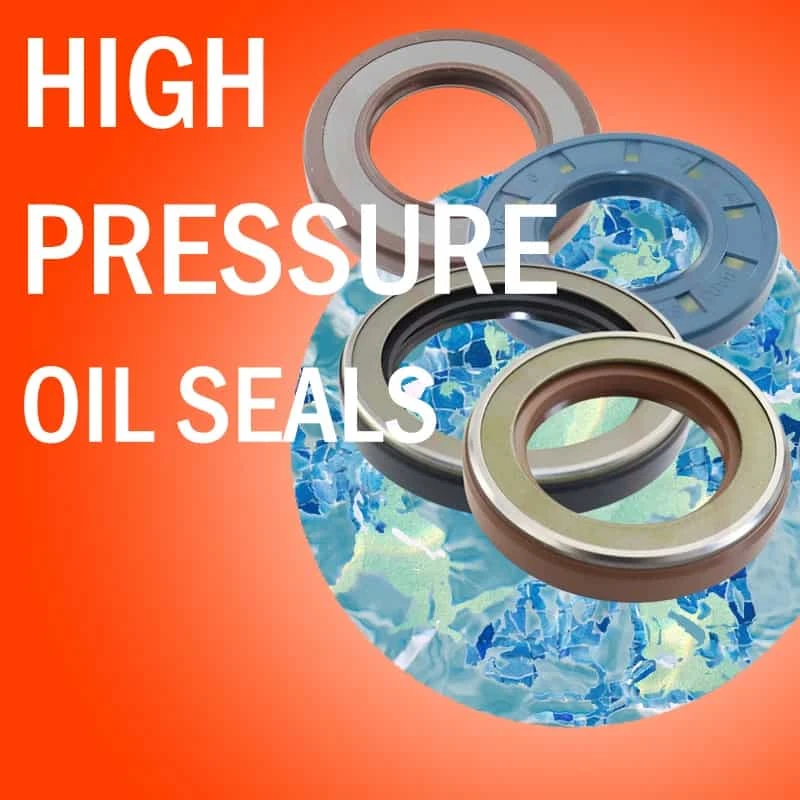നവം . 21, 2024 09:39 Back to list
replacing seals hydraulic cylinder
Replacing Seals in Hydraulic Cylinders A Comprehensive Guide
Hydraulic cylinders are essential components in various industries, from construction and manufacturing to automotive applications. They are responsible for converting hydraulic energy into mechanical force, enabling machinery to perform tasks such as lifting, pushing, and pulling. However, like any mechanical device, hydraulic cylinders can experience wear and tear over time, particularly around their seals. Replacing these seals is crucial for maintaining the efficiency and effectiveness of hydraulic systems. In this article, we will explore the importance of replacing seals, the process involved, and tips for ensuring a successful replacement.
Importance of Seal Replacement
Seals play a critical role in hydraulic cylinders, as they prevent fluid leakage and maintain internal pressure. Over time, seals can become damaged due to various factors, including exposure to heat, dirt, and corrosive fluids. Signs of seal failure may include visible leaks, decreased performance, and erratic cylinder movement. Failing to replace worn or damaged seals can lead to more significant issues, such as complete cylinder failure, reduced efficiency, and increased operational costs. Therefore, regular inspection and timely replacement of seals are essential for prolonging the life of hydraulic cylinders and ensuring optimal performance.
Signs of Seal Wear
To determine when seals need to be replaced, it is important to be aware of the common signs of wear. These signs may include
1. Fluid Leaks The most obvious indicator of seal failure is hydraulic fluid leaking from the cylinder. This not only represents a loss of fluid but also indicates that the cylinder may not be functioning at peak efficiency.
2. Decreased Performance If a hydraulic cylinder is struggling to perform tasks it previously handled with ease, it could be due to compromised seals.
3. Erratic Movement A hydraulic cylinder that moves unevenly or exhibits jerky motion may have damaged seals that are not allowing proper fluid flow.
4. Increased Hydraulic Pressure If the system requires more pressure than usual to perform the same tasks, this may be a sign of seal wear or damage.
The Seal Replacement Process
replacing seals hydraulic cylinder

Replacing seals in a hydraulic cylinder is a task that can typically be accomplished with basic mechanical skills and tools. Here’s a step-by-step guide to the process
1. Preparation Before beginning the replacement, ensure you have the necessary tools and replacement seals. Always consult the manufacturer’s specifications for the correct seal sizes and materials.
2. Disassemble the Cylinder Carefully disassemble the hydraulic cylinder. This usually involves removing the end caps and the rod. Make sure to keep track of all parts, as they will need to be reassembled later.
3. Remove Old Seals Once the cylinder is disassembled, use a seal puller or a similar tool to carefully remove the old seals. Take care not to damage the cylinder itself during this process.
4. Clean the Components Thoroughly clean all surfaces of the cylinder and the rod to remove any debris or residue that could affect the performance of the new seals.
5. Install New Seals Install the new seals by gently pressing them into their respective grooves. It’s essential to ensure they are oriented correctly, as improper installation can lead to further leaks.
6. Reassemble the Cylinder Once the new seals are in place, reassemble the hydraulic cylinder carefully, taking care to follow any specific reassembly instructions from the manufacturer.
7. Test the Cylinder After reassembly, it’s imperative to test the cylinder under operating conditions to ensure that the new seals are functioning correctly and that there are no leaks.
Final Thoughts
Maintaining hydraulic cylinders by regularly replacing seals is vital for the longevity and effectiveness of hydraulic systems. By understanding the signs of seal wear and following the proper replacement process, operators can ensure optimal performance and reduce the risk of costly downtime. Regular maintenance not only extends the life of hydraulic components but also contributes to safer and more efficient operations in various industrial applications.
-
The Trans-formative Journey of Wheel Hub Oil Seals
NewsJun.06,2025
-
Graphene-Enhanced Oil Seals: Revolutionizing High-Pressure Oil Sealing
NewsJun.06,2025
-
Future of Hydraulic Sealing: Advanced Intelligent TCN Oil Seals
NewsJun.06,2025
-
Don’t Let a Broken TCV Oil Seal Ruin Your Day
NewsJun.06,2025
-
Bio-Inspired Dust Seals for Better Sealing Performance
NewsJun.06,2025
-
Biodegradable and Sustainable Hydraulic Seal Materials
NewsJun.06,2025
-
Top Oil Seal Solutions for Your Industrial Needs
NewsMay.22,2025
Products categories
















